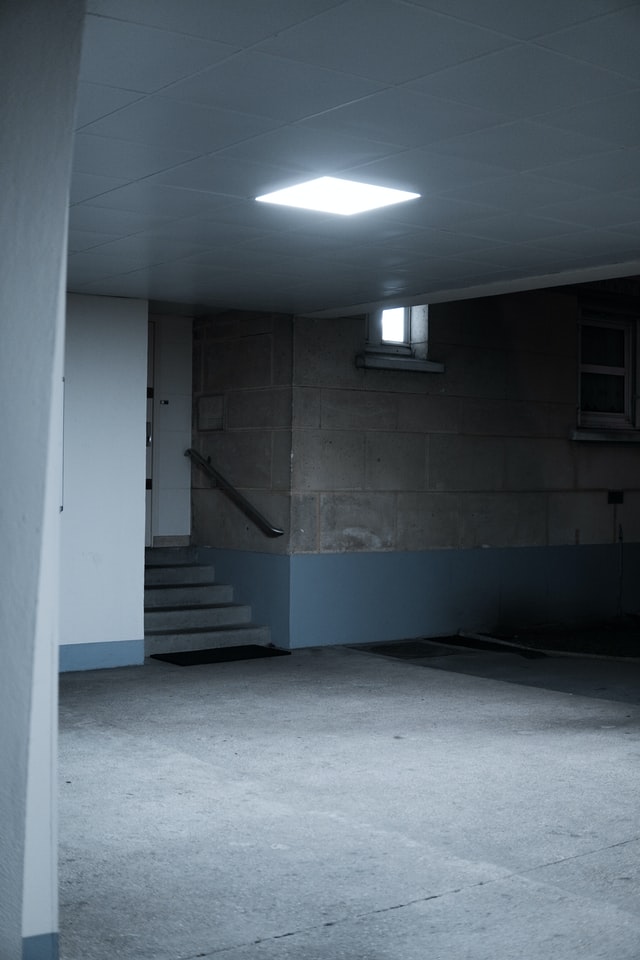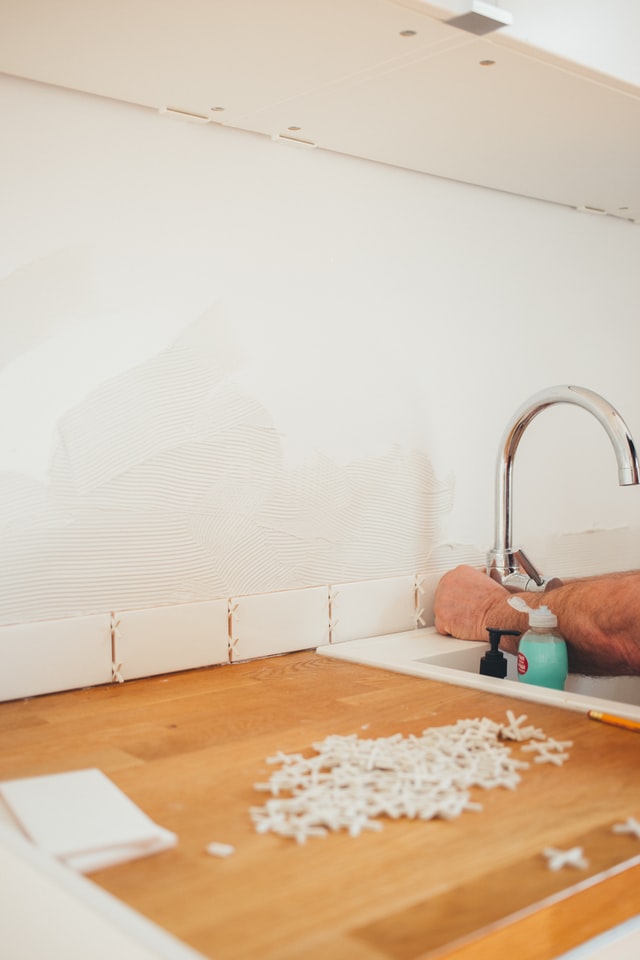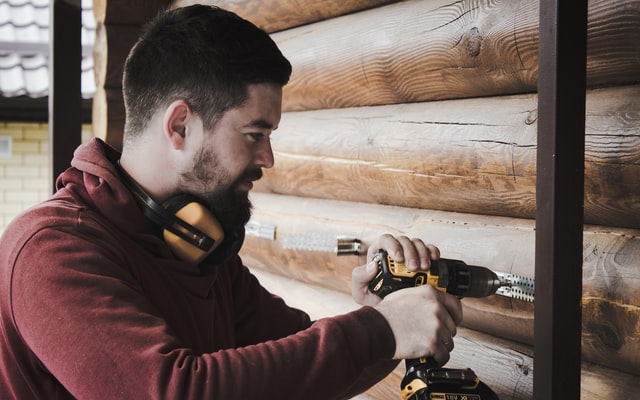Some people are rather handy around the house and like to do repair or patch jobs themselves. Or maybe you’d prefer not to have to do it yourself, but money is tight. Whatever your reasons, there are some things you really should call a professional for, if you don’t have experience in that field yourself. If you can’t decide whether you want to try it yourself or not, the bottom like is that structural work and potentially dangerous work should be done by a trained professional, but cosmetic work or simple repairs you can do yourself.
For most people, applying a fresh coat of paint to interior walls or cabinets is not a difficult task, and you may even have leftover paint in storage from when it was originally painted. Exterior walls, however, generally require specialized tools and can have safety concerns. Some plumbing jobs can be done yourself, such as small parts replacement, but leave the pipework and repairing major leaks to an actual plumber. Electrical systems and carpentry are potentially dangerous and should always be handled by a professional.
Photo by Louis Hansel on Unsplash



















